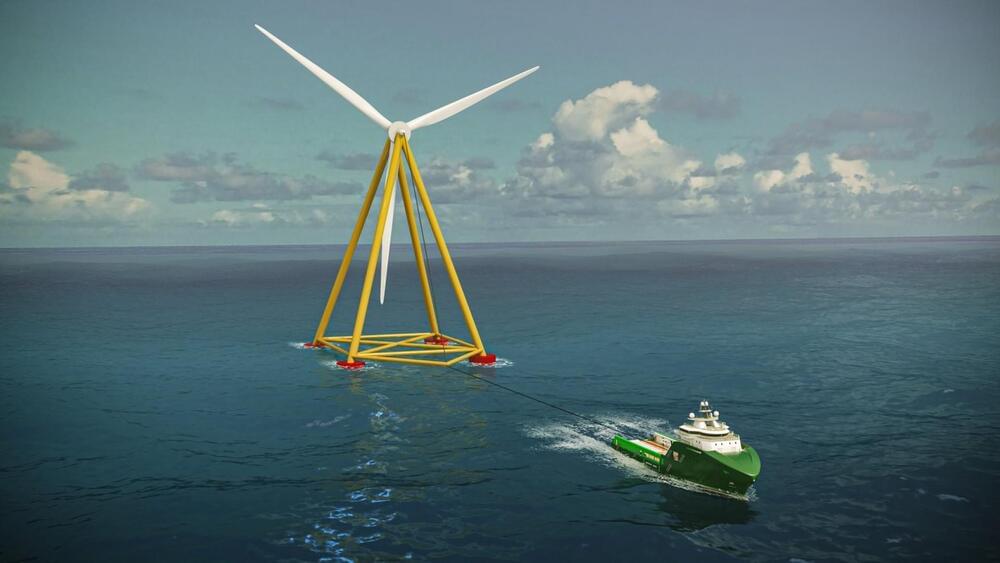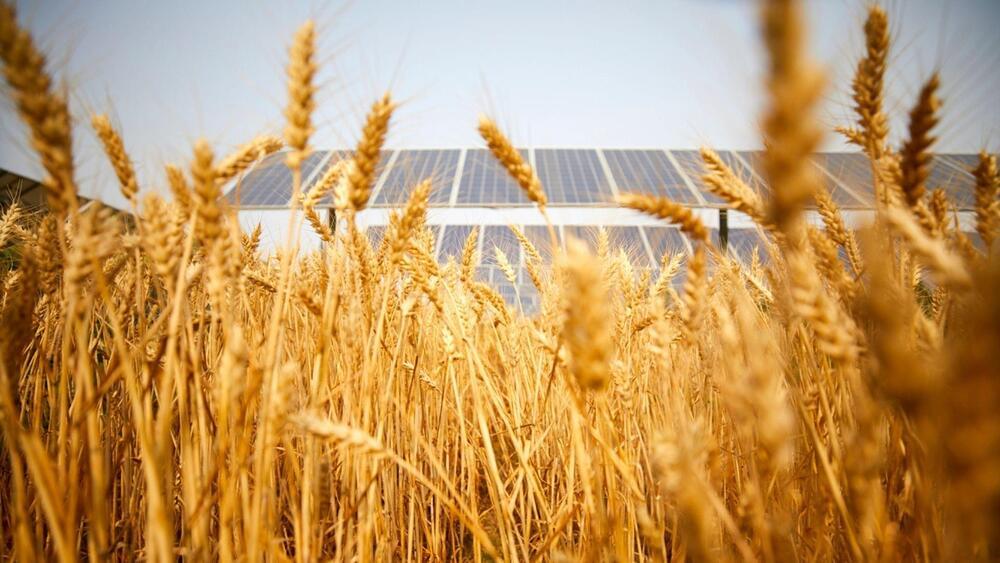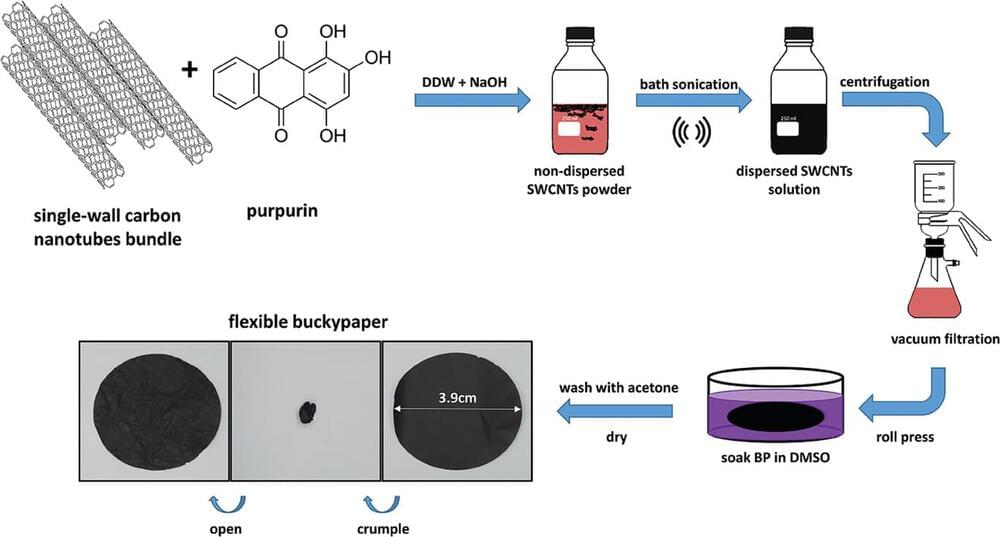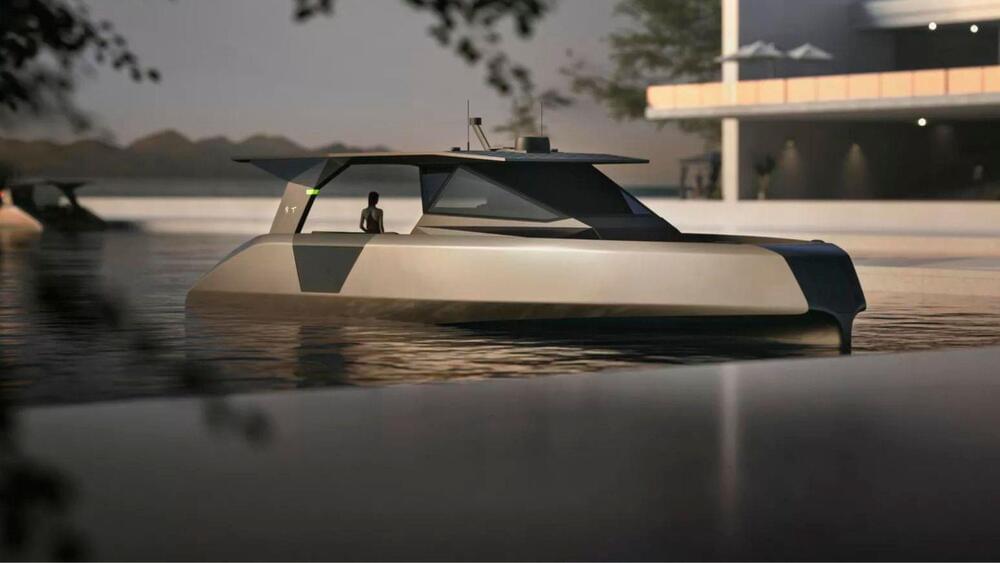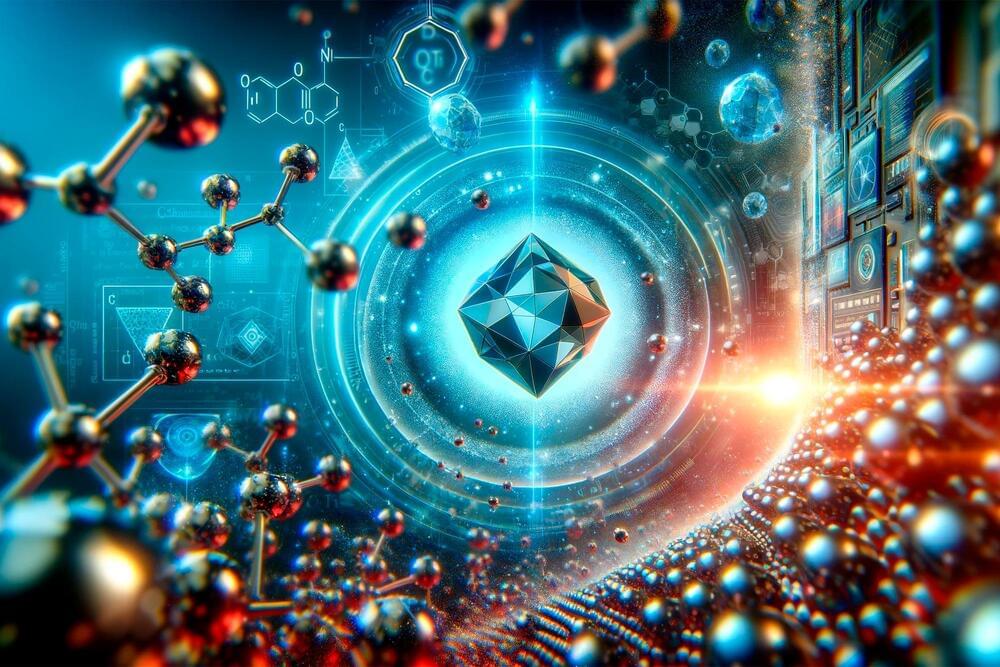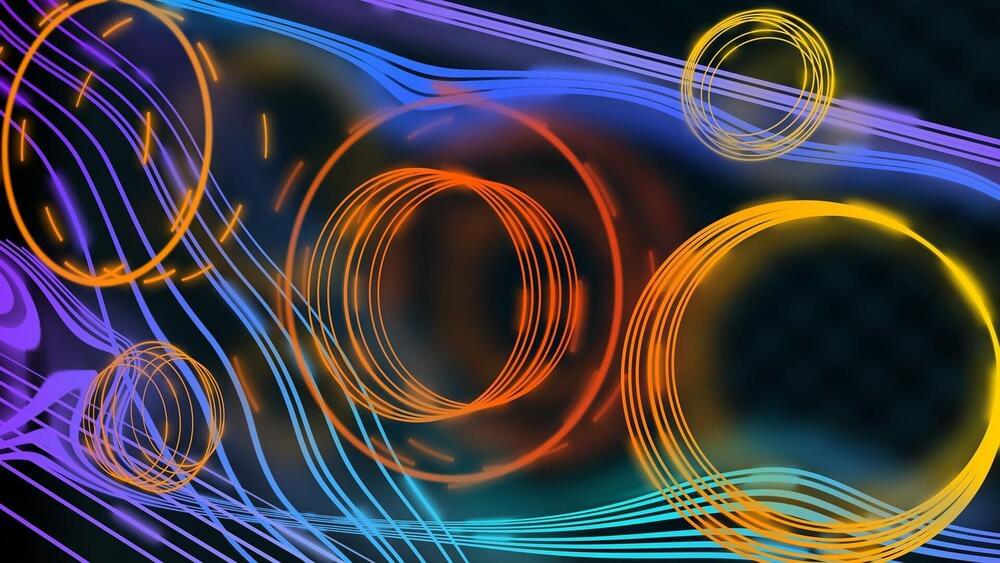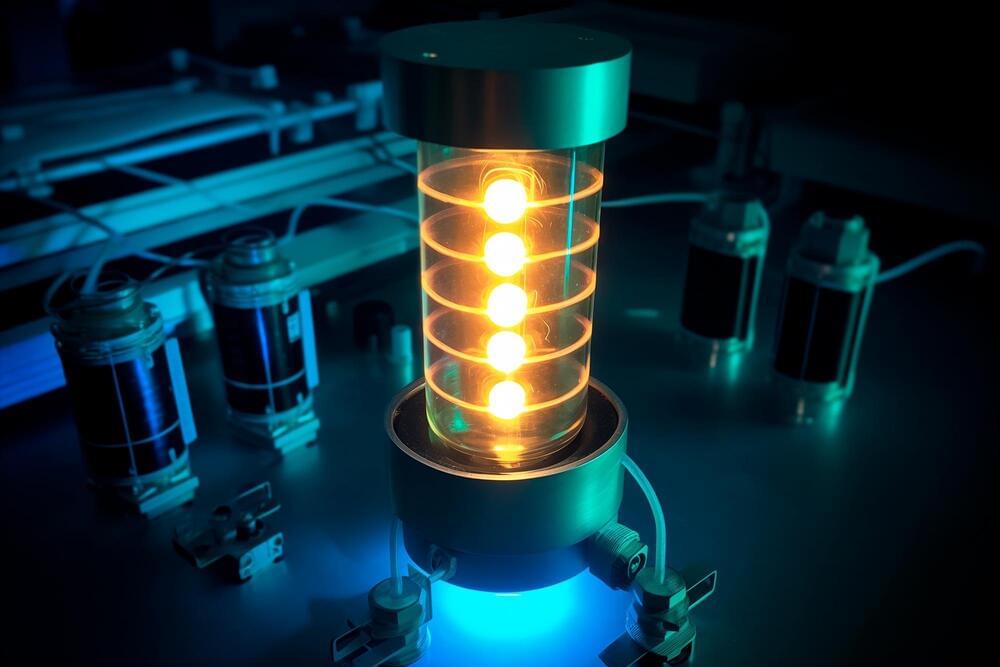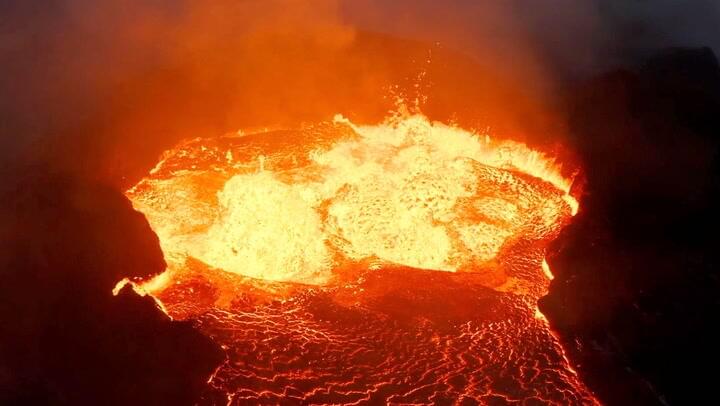Dec 27, 2023
US startup ditches towers for pyramid-mounted turbines that dance with wind
Posted by Shailesh Prasad in categories: energy, sustainability
An innovative floating offshore wind turbine prototype was launched in New Bedford, Massachusetts this week. Instead of a single anchor tower, the approach uses a pyramid base that can also passively orient itself in the direction of the blowing wind.
As wind turbines get bigger and sweep larger areas in a single rotation, wind farms move offshore to gain maximum advantage from powerful sea winds. Over the years, the costs of wind-based energy have been plummeting, but as wind farms are set up farther into the sea, the costs and time required to set up new wind farms are bound to increase.
